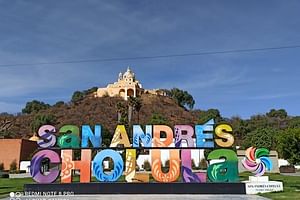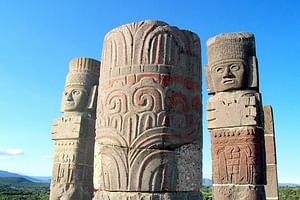The Palafoxiana Library is a bibliographic site in the city of Puebla, founded by Bishop Juan de Palafox y Mendoza in 1646.1 Located in the historic center of the city of Puebla de los Ángeles, it...
The Palafoxiana Library is a bibliographic site in the city of Puebla, founded by Bishop Juan de Palafox y Mendoza in 1646.1 Located in the historic center of the city of Puebla de los Ángeles, it has been a Historical Monument of Mexico since 1981 and since 2005 It was included by UNESCO as part of the Memory of the World Program. It was the first public library in America.
In 1646, Bishop Palafox donated his personal library, consisting of five thousand volumes, to the Seminary of San Juan but instructed that in addition to the clergy it could be consulted by all those who wanted to study, since its main condition was that it be open to the public and not only to ecclesiastics and seminarians.
The creation of this library was approved by royal decree in December 1647 and reconfirmed by Pope Innocent X in 1648.
For more than 370 years, the Palafoxiana Library has been located in the Old College of San Juan within the Seminary founded by Palafox and Mendoza. Although the construction of the vault, as it is today, was carried out in 1773, by Bishop Francisco Fabián y Fuero, who ordered the first two floors of the shelf to be raised, which is a fine work of the New Spain cabinetmakers that The woods of ayacahuite, polocote and cedar worked harmoniously. The delicate altarpiece where the effigy of the Madonna of Trapani is located dates from this period, an oil that is presumed to have been made taking as a model the sculpture that Nino Pisano made of the Virgin in the 14th century. Later, in the 19th century, a third level was placed due to the fact that the number of volumes that were in the library had increased, in fact the library has 45 058 old books.











